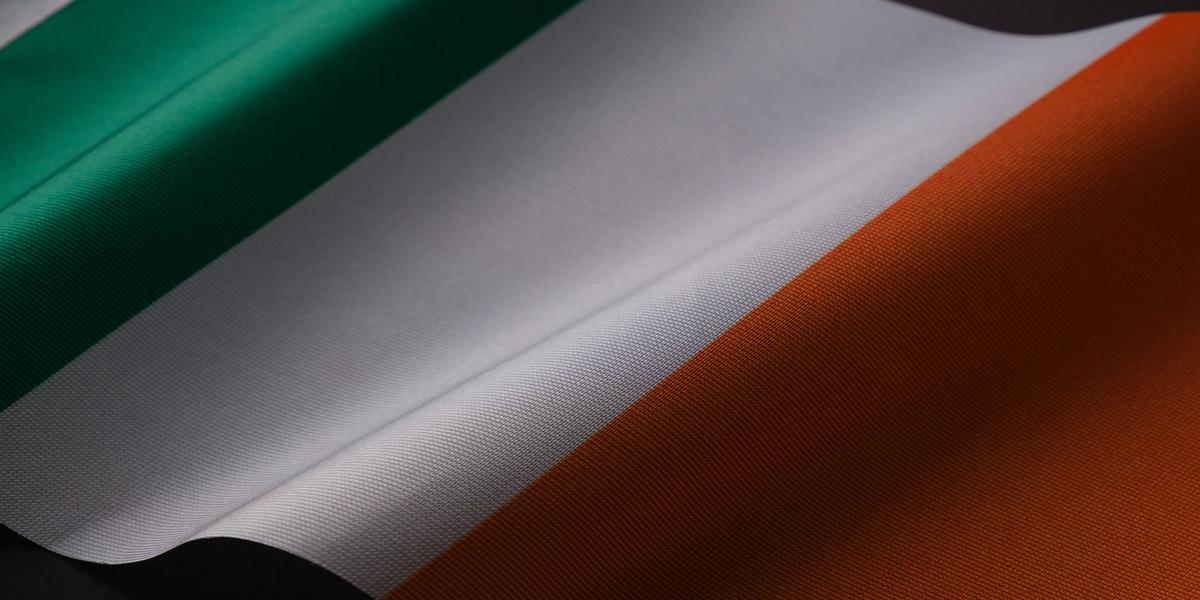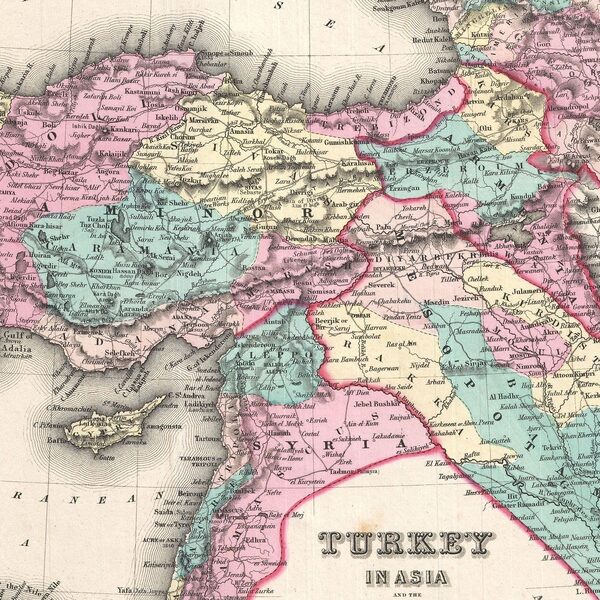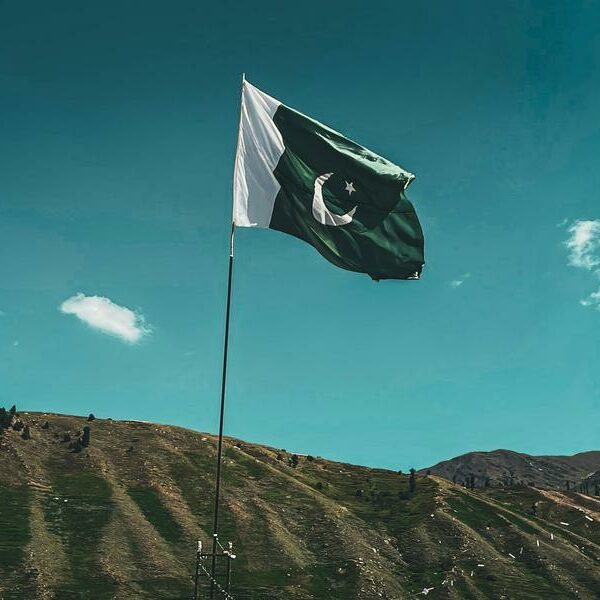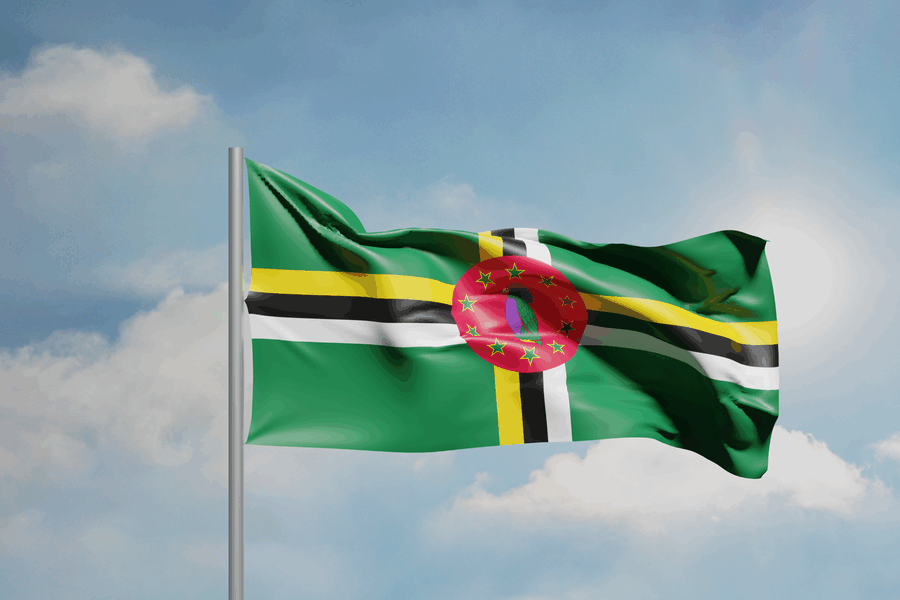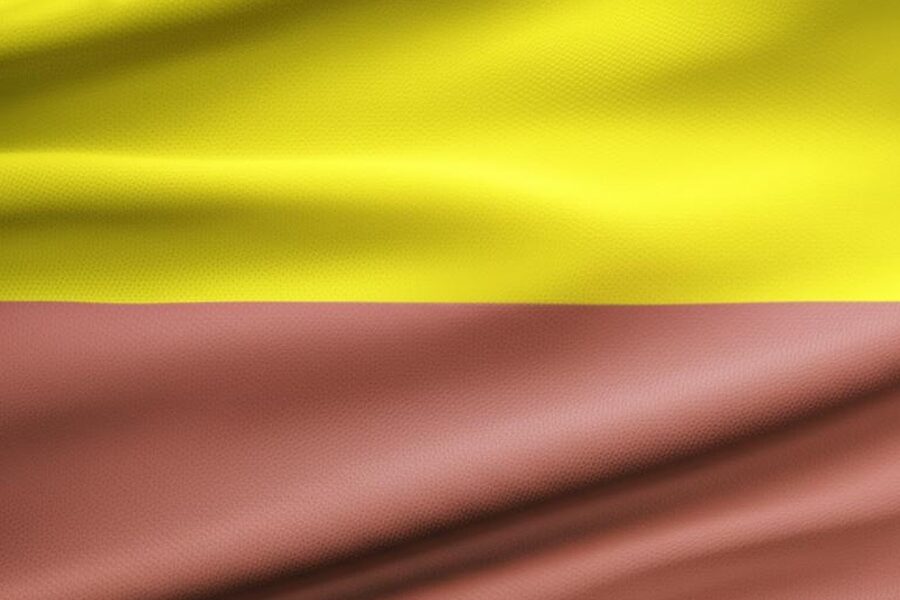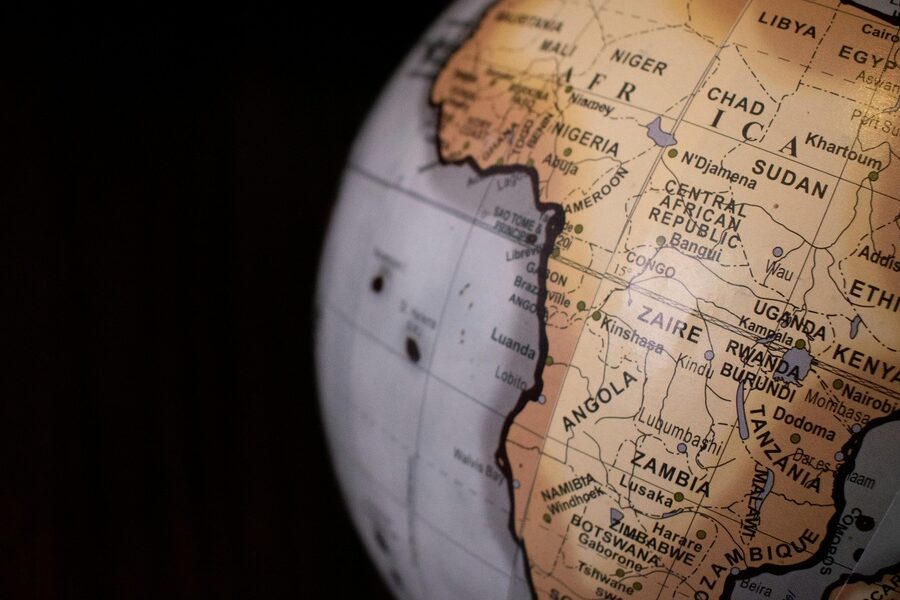There are five countries with flags that prominently feature the colors orange and green. These flags often use the colors to represent important natural features, cultural heritage, or values such as courage, hope, and peace. Notably, some flags like those of Côte d’Ivoire and Ireland share a similar tricolor design but with the orange and green colors reversed, showing how these colors carry different meanings across countries.
Below is a list of these countries, showing their flags, designs, and the symbolism behind the orange and green colors.
Flag This column displays an image or emoji of the country’s flag, giving a quick visual reference.
Flag Design This section describes the layout and main elements of the flag, including the arrangement and style of the orange and green colors.
Orange Green Meaning Here you find a clear explanation of what the orange and green colors stand for in each flag, often tied to the country’s history, geography, or cultural values.
countries with orange and green flags
| Country | Flag | Flag Design | Orange Green Meaning |
|---|---|---|---|
| India | 🇮🇳 | Horizontal tricolor of saffron (top), white (middle), and green (bottom), with a blue Ashoka Chakra in the center. | Saffron symbolizes courage and sacrifice; green represents fertility and faith. |
| Ireland | 🇮🇪 | Vertical tricolor of green (hoist), white (middle), and orange (fly). | Green for Gaelic tradition; orange for Orange Protestants; white for peace between them. |
| Niger | 🇳🇪 | Horizontal tricolor of orange (top), white (middle), and green (bottom), with an orange disc in the center. | Orange signifies the Sahel and Sahara desert; green represents fertile southern regions. |
| Côte d’Ivoire | 🇨🇮 | Vertical tricolor of orange (hoist), white (middle), and green (fly). | Orange represents the savanna and growth; green symbolizes the forests and hope for future. |
| Zambia | 🇿🇲 | Green field with an orange eagle above a block of black, red, and orange stripes on the fly side. | Green for vegetation/natural resources; orange signifies the country’s mineral wealth, especially copper. |
Descriptions
India
India’s national flag, adopted in 1947, is known as the “Tiranga” (tricolor). The Ashoka Chakra, a 24-spoke wheel, symbolizes Dharma (righteousness) and progress, reflecting the nation’s foundational principles and aspirations.
Ireland
The flag of Ireland, first unveiled in 1848, represents the hope for lasting peace between the two main communities of the island. Its design is mirrored by Côte d’Ivoire’s flag.
Niger
Adopted in 1959, Niger’s flag reflects its unique geography, featuring the vast northern desert and the agricultural south. The orange disc symbolizes the sun and independence.
Côte d’Ivoire
Côte d’Ivoire’s flag, adopted in 1959, shares a striking resemblance to Ireland’s flag but with reversed colors. It embodies the nation’s land, peace, and hopeful future, reflecting its diverse regions.
Zambia
Adopted at independence in 1964, Zambia’s flag features the African fish eagle, symbolizing the nation’s ability to overcome problems. Its colors represent the rich natural environment and valuable copper resources.

